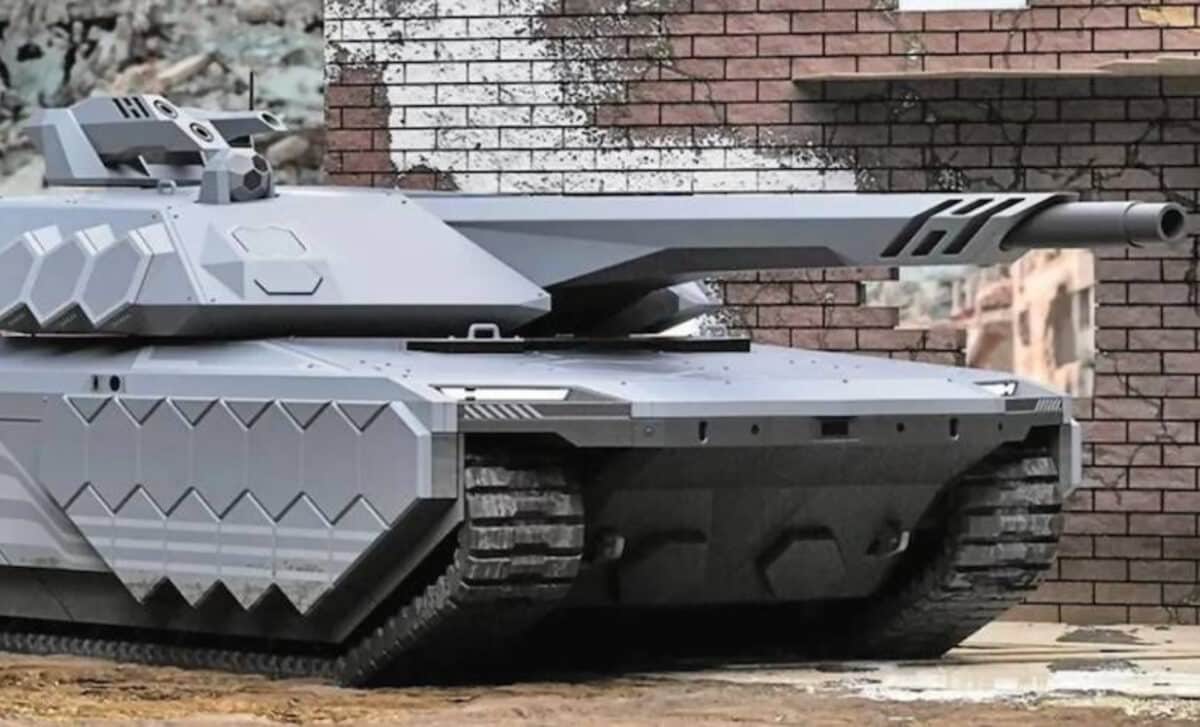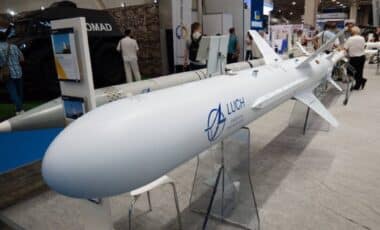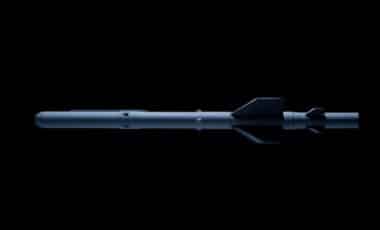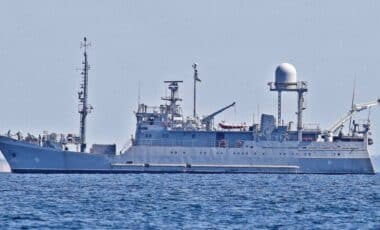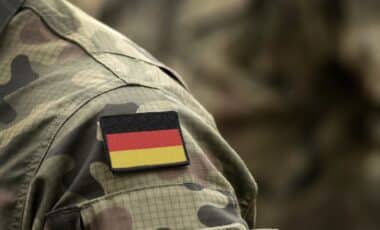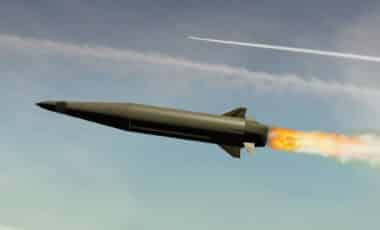Hyundai Rotem’s K3 tank is set to redefine modern warfare with its innovative hydrogen propulsion system and advanced technological features. Unveiled at the DX Korea exhibition in 2022 as the NG-MBT (New Generation – Main Battle Tank), the K3 brings a host of innovations to the battlefield. Its state-of-the-art technology and strategic development are poised to establish new standards for military capabilities.
Designed to meet the evolving demands of modern combat, the K3 stands out due to its cutting-edge hybrid propulsion system. The vehicle’s combination of hydrogen and diesel power promises better energy efficiency and mobility, alongside a reduced thermal signature. As the K3 progresses towards full hydrogen operation, it will undoubtedly push the boundaries of military vehicle design.
This Legendary Fighter Jet Hasn’t Lost a Battle in Over 100 Engagements Worldwide
A New Era of Propulsion: Hydrogen and Diesel Hybrid
The K3 revolutionizes military tank propulsion with its hybrid hydrogen-diesel system. Initially, the tank will rely on a combination of hydrogen and diesel, with plans to transition entirely to hydrogen in the future. This propulsion system enhances the vehicle’s mobility across diverse terrains and reduces its thermal footprint, making it less detectable on the battlefield.
Hyundai Rotem’s commitment to hydrogen technology marks a significant step toward environmentally conscious military vehicles, though challenges remain. Hydrogen’s volatility and flammability raise concerns about the safety of the fuel, an issue that will need to be addressed as the technology advances.
The shift to hydrogen is also expected to improve operational efficiency, offering significant advantages such as better fuel efficiency and reduced dependency on traditional fossil fuels. This propulsion innovation has the potential to alter the way military vehicles are powered and utilized in the future, reports Armées.
Advanced Armament and Protection Systems
The K3 is equipped with a range of powerful weaponry and state-of-the-art defense systems. Its 130mm smoothbore cannon is paired with an automatic loading system and a fully automated turret, giving the tank exceptional firepower. While the 130mm caliber has generated some debate—particularly in Italy, where experts question whether it is suitable compared to the more common 120mm used by NATO—the K3’s armament remains formidable in terms of capability.
For protection, the K3 employs composite armor reinforced with ceramic modules, bolstered by an active protection system (APS) and jammers designed to thwart drone attacks. Additionally, the tank’s radar-absorbing materials contribute to its stealth capabilities, making it harder to detect by enemy forces. This blend of offensive and defensive technologies positions the K3 as a potent force on the modern battlefield.
Strategic Partnerships and Global Impact
Hyundai Rotem is taking a strategic approach to the K3’s development, planning to complete the tank’s design by 2040. The company is working closely with South Korea’s Defense Acquisition Program Administration (DAPA) and the Agency for Defense Development (ADD), two key players in the nation’s defense sector.
The development is underpinned by a strong commitment to innovation, with a patent for the technology already filed in South Korea, further emphasizing Hyundai Rotem’s investment in this cutting-edge project.
In addition to its domestic efforts, Hyundai Rotem is fulfilling international orders, including a notable deal for the K2 “Black Panther” tanks. Poland has placed a $6.7 billion order for 117 units of the K2, alongside the assembly of 60 more tanks locally.

